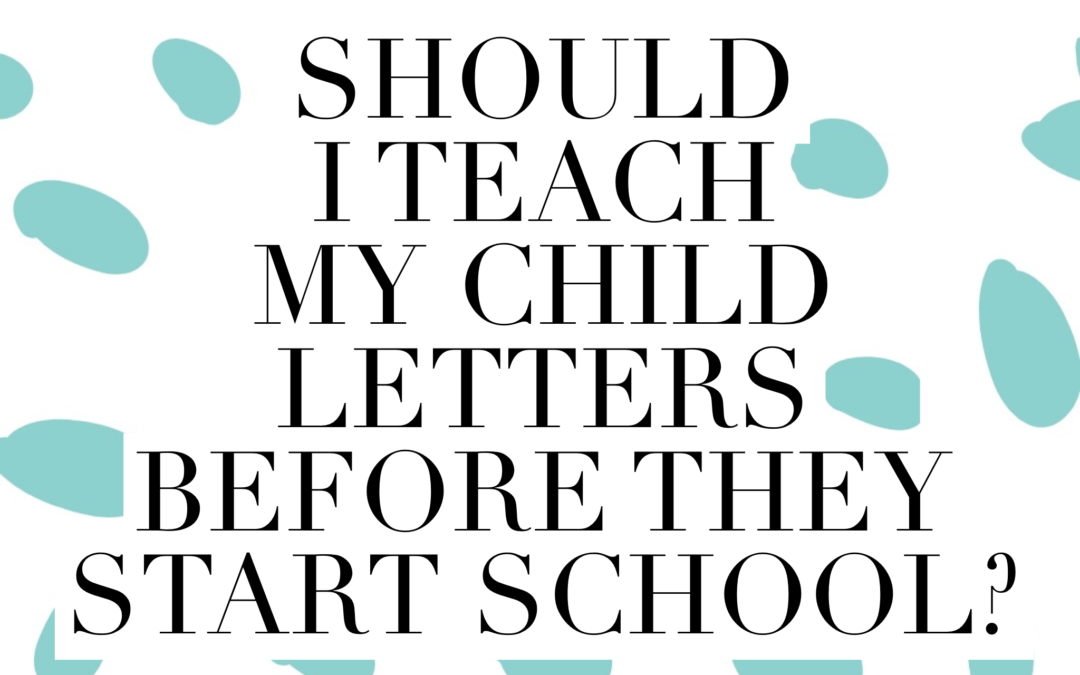
Should I teach my child letters before they start school?
One of the most common questions I get asked as a teacher/ Headteacher when talking about children being ready for school is ‘Do they need to know their letters?’ and many parents worry about their child not ‘knowing enough’ before starting their school journey.
I think you will be pleased to hear that I always answer ‘No!’ There is no requirement for children to start school with any specific knowledge of letters, or numbers or anything else actually. Schools are ready for children to start at all different levels of knowledge and they teach letters to all children even if they come in knowing some already. Phonics (the method for teaching children to read and write by linking sounds to letters) is taught in Reception classes usually daily. It’s a big part of their first learning at school and it’s normal for children to have very limited prior knowledge of letters.
So the short answer is no, your child doesn’t need to know their letters. However, many children are interested in letter shapes and are keen to learn. If this is the case then there’s no reason to hold your child back from finding out about letters but this blog is about some key information to think about before splurging on a load of letter shaped toys. And just to add here, if your child has no interest at all in letters please don’t worry, that’s very normal. Read on to find some ways you can really help them to be ready for school without a letter in sight.
Before children are really ready for letter recognition there is a huge amount of foundation building that parents and carers (including nurseries, childminders etc) can support with. These foundation skills are vital in getting children ready for their formal phonics teaching. I compare it to building a house, you wouldn’t just start with putting the bricks straight onto the mud, you need to dig out and lay some solid foundations. In order for children to be ready for their phonics learning in school, they need lots of playful experience with sounds which acts as these foundations.
We run workshops in Exeter explaining more about these key foundations and giving ideas for games and play at home. In this Blog post I’m going to give a brief explanation of three key areas which will really help to get children ready for phonics including some easy ideas to try at home. If you are interested to find out more check out our instagram and facebook pages for more ideas and info about workshops.
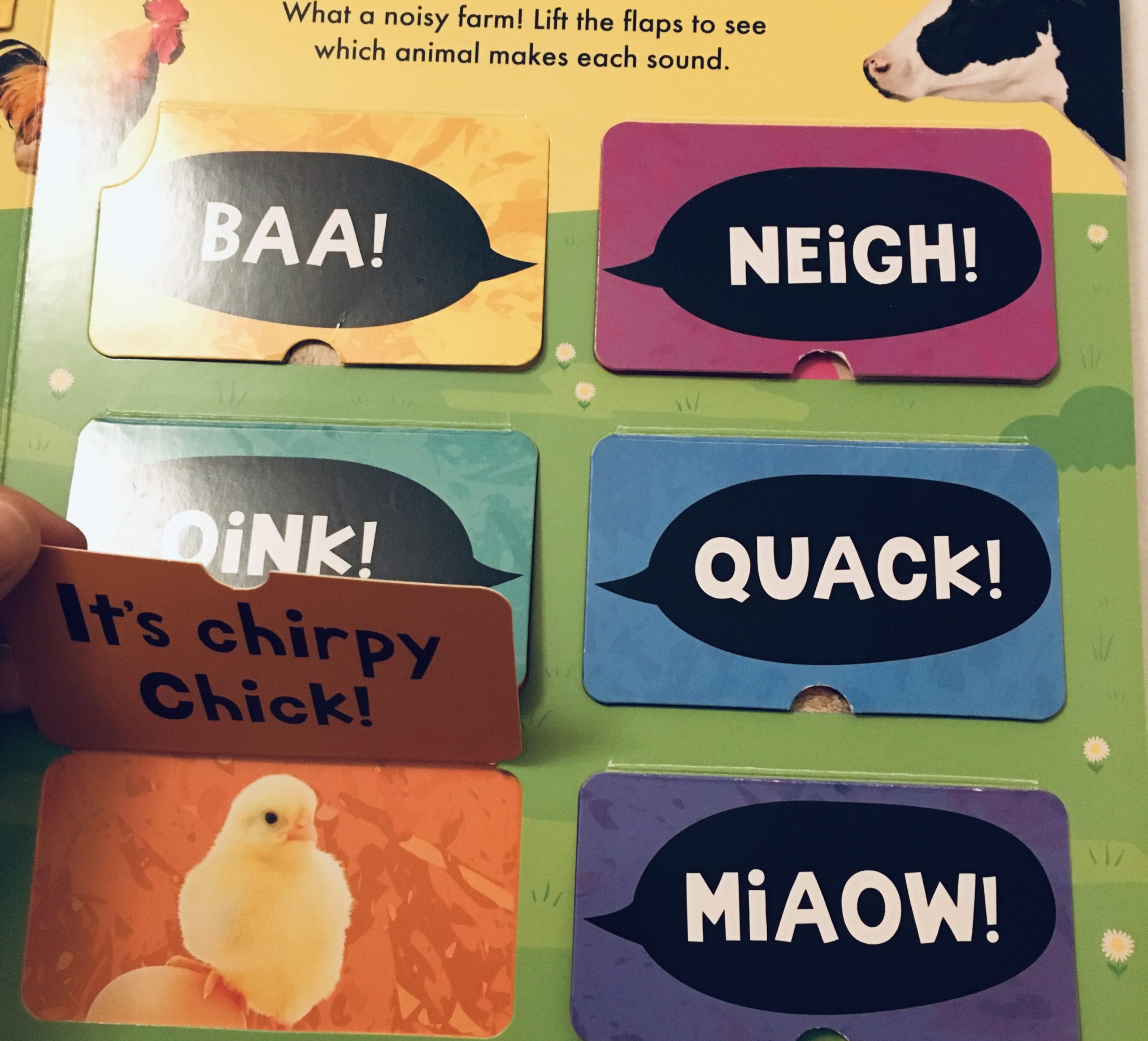
Listening skills are the first key piece in the phonics foundations jigsaw. This learning starts from the moment our precious little ones are born and we are always being told how important talking to our children, playing music and interacting with noises is for their development. Children need to be able to hear sounds and interpret them to later be able to hear words and unpick the individual sounds in them.
There are loads of fun things to do with listening;
- play music
- make animal noises
- play listening games when you are out and about
- use household items to make sounds – bash pots and pans, boxes etc
- make funny noises with your voices or bodies – clap, stomp, gargle, yawn and see if your child can copy you, apparently Alexa can make animal noises if you ask her!
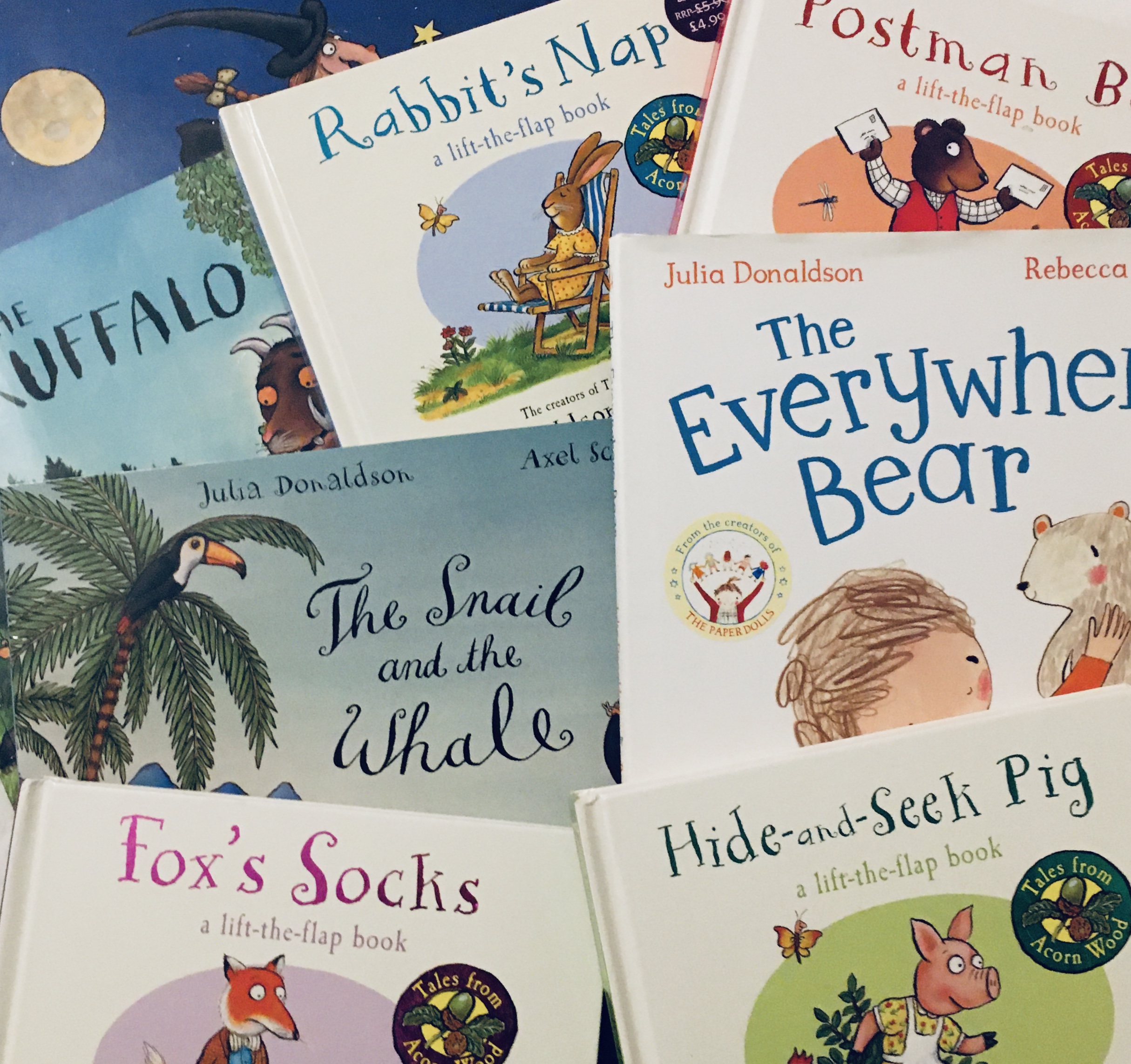
Rhyming is another piece of the foundation puzzle and an important aspect of early phonics learning. Children don’t need to be able to make up rhymes but to be able to recognise when words sound similar or the same sets them up well for reading and writing skills later on. There is a huge selection of children’s rhyming books out there. Some of our favourites include the ‘Oi Cat’ series by Kes Gray and Jim Field, ‘Rhyme Crime’ by Jon Burgerman and anything by Quentin Blake or Julia Donaldson. Getting audio versions is really lovely especially if you can have them on in the car. Pointing out rhyming words to your children will really help them to distinguish rhyming and non-rhyming words even if they can’t hear the rhyme yet.
Some easy rhyming ideas for at home or on the go:
- make up little rhyming phrases – let’s go to the park in the dark!
- find objects/ toys which rhyme around the house and make a collection together (cat, hat, mat, rat etc, you can draw pictures if you don’t have all of the objects!)
- sing nursery rhymes and childrens song’s as loads of these rhyme. See if you can change the words to make them funny while still rhyming. We often try new versions of ‘Twinkle twinkle’ and the current favourite is “twinkle twinkle little giraffe, how I wonder why you wear a scarf!!” There are much easier words to rhyme than giraffe, my tip is don’t choose giraffe!
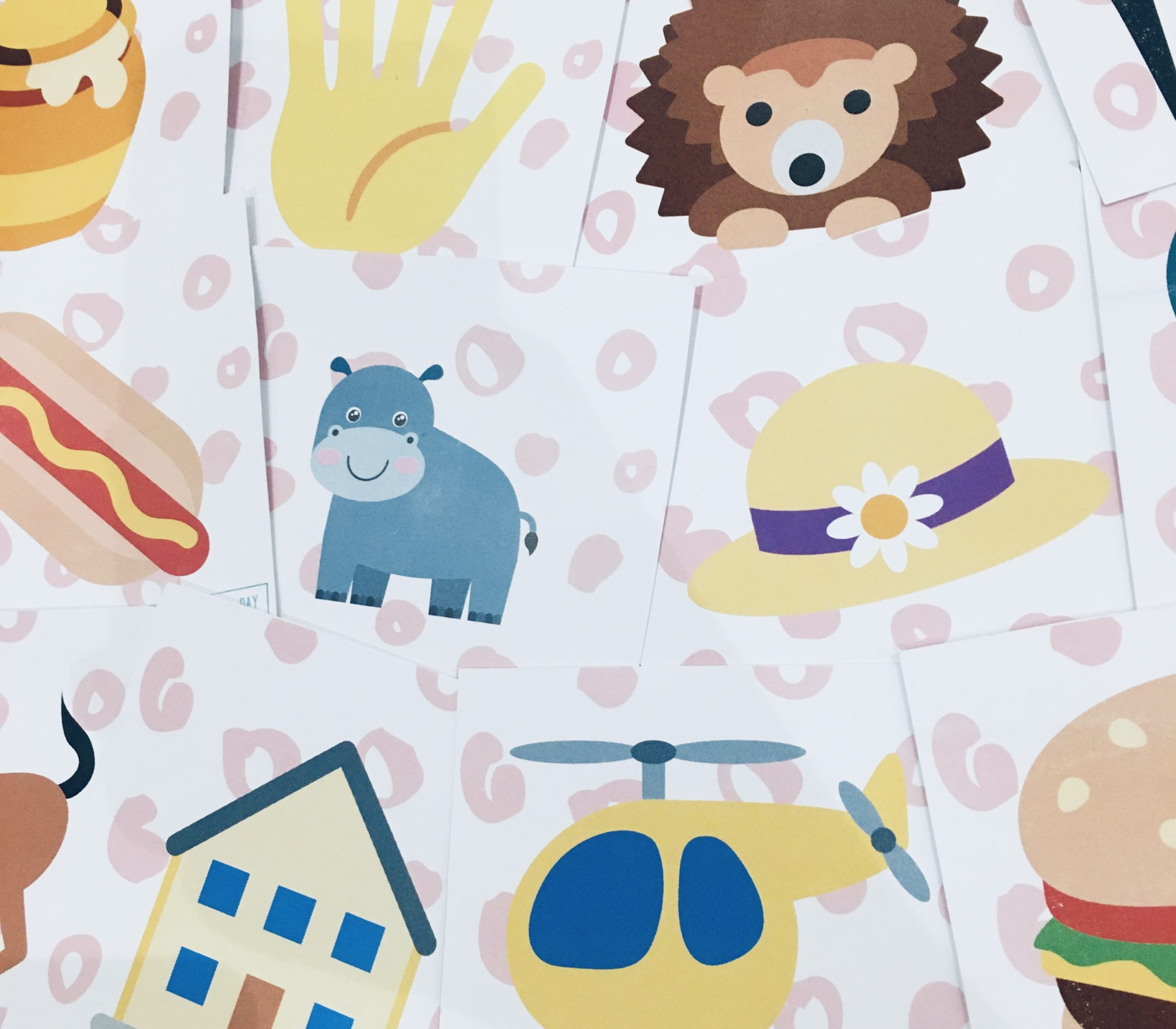
Hearing Sounds in words is the third area I’m going to give a few tips on. Being able to hear individual sounds in words is key, it’s the most important skill children can grasp to help them be ready for learning letters. In order to read children need to link sounds to letters or groups of letters. Children who can hear the sounds in words and say individual sounds are really well prepared to start seeing how letters link to them. Making the sounds can be a challenge for adults, we often feel like we didn’t learn in this way and that it’s unnatural to us. We’re working on a page with sounds support and will link here when it’s done, watch this space. Until then there’s a little link to a helpful video under these ideas.
Ideas to practise at home:
- focus on the first sounds in words and see if children can guess the word. Try “can you put on your sssssssss……..’ and see if you child guesses you mean socks.
- Go on a treasure hunt around the house for items beginning with one sound eg ‘p’ you could find a pan, pen, pig some pasta etc.
- Play I spy but use just sounds rather than letter names so say “I spy with my little eye something beginning with ‘ch’ for chair, ‘mmmmm’ for mummy or ‘ffffff’ for frog etc
- Make up funny lists of words or names for people… magical, musical Mummy! Lovely, lively Lily!
These are just a few ways to support early phonics learning and to give your child some strong foundations of sounds knowledge. If your child is really keen to learn letters or you feel like they are ready then there are lots of ways to do this too. We would always advise learning letter sounds first rather than letter names as this is how children will learn in school. If you do want to introduce letters here are a few ideas:
- use letter shapes in play – cookie cutters, magnetic letters, stencils etc
- recognising the letters in children’s name and others in your family
- looking at letters, they’re everywhere – books, posters, newspapers, road signs etc
- cutting and sticking letter shapes from magazines or papers – see if you can find lots of the same letter shape
- messy play – drawing letter shapes in shaving foam, sand, mud etc
If you are able to get out to playgroups and local classes then these will offer great experiences for listening, communicating and getting ready for more formal phonics in school. We go to a great class specifically designed to support children with early phonics learning. It’s called ‘Sounds Right Phonics’ and they are nationwide, offering sessions for babies right up to aged four. The classes are loads of fun, they cover lots of the foundation skills, early letter recognition and even gross and fine motor development. If you are in Exeter/ Exmouth area check out Jess via the link below.
Check out our instagram and facebook pages for more ideas and tips for early learning with your little ones and let us know if you have any comments or questions!
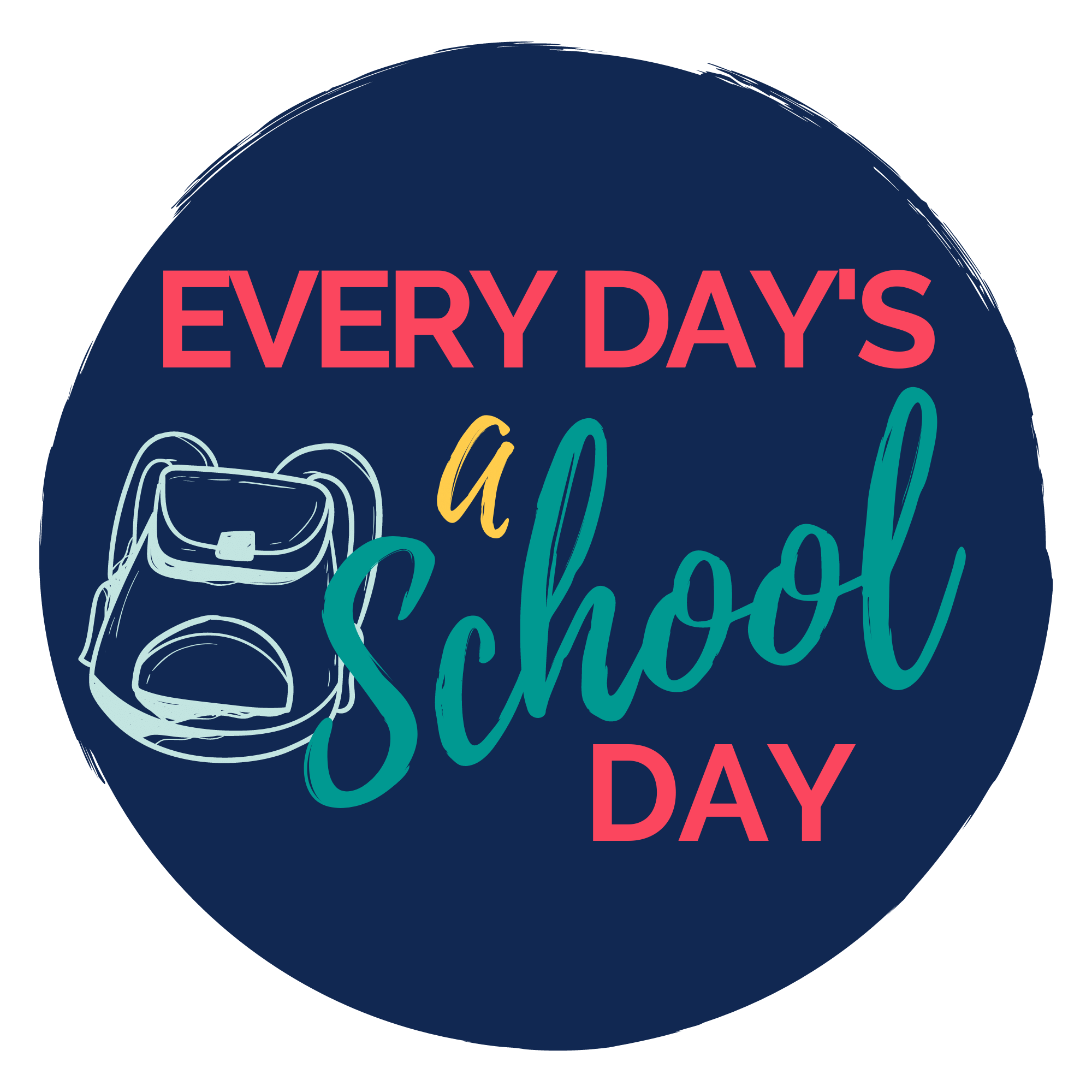
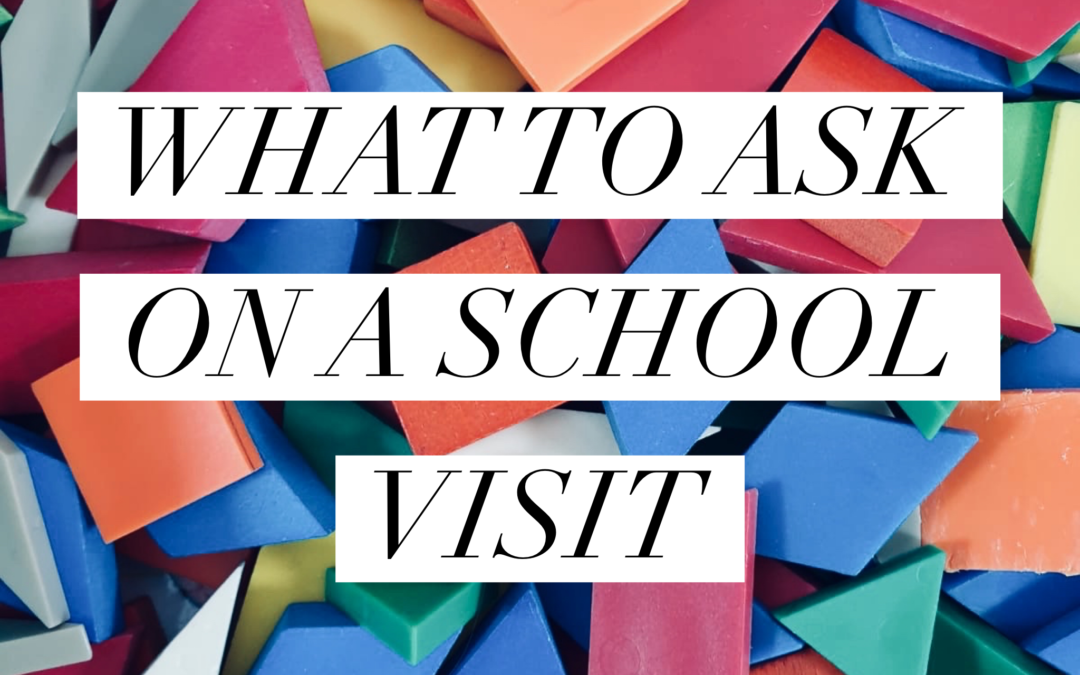


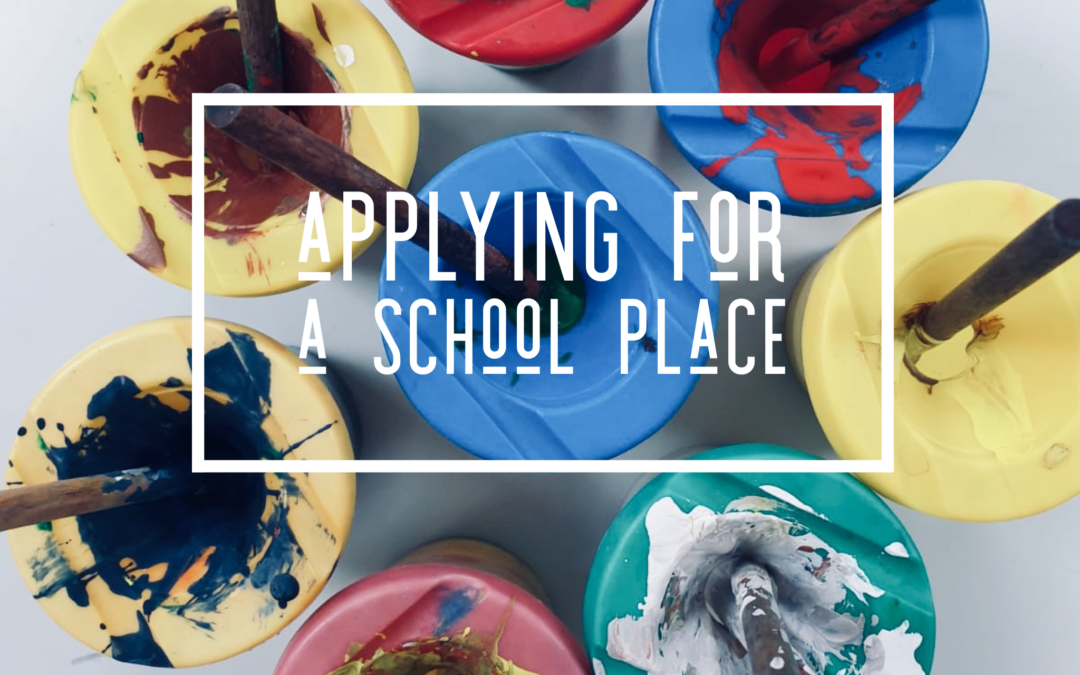



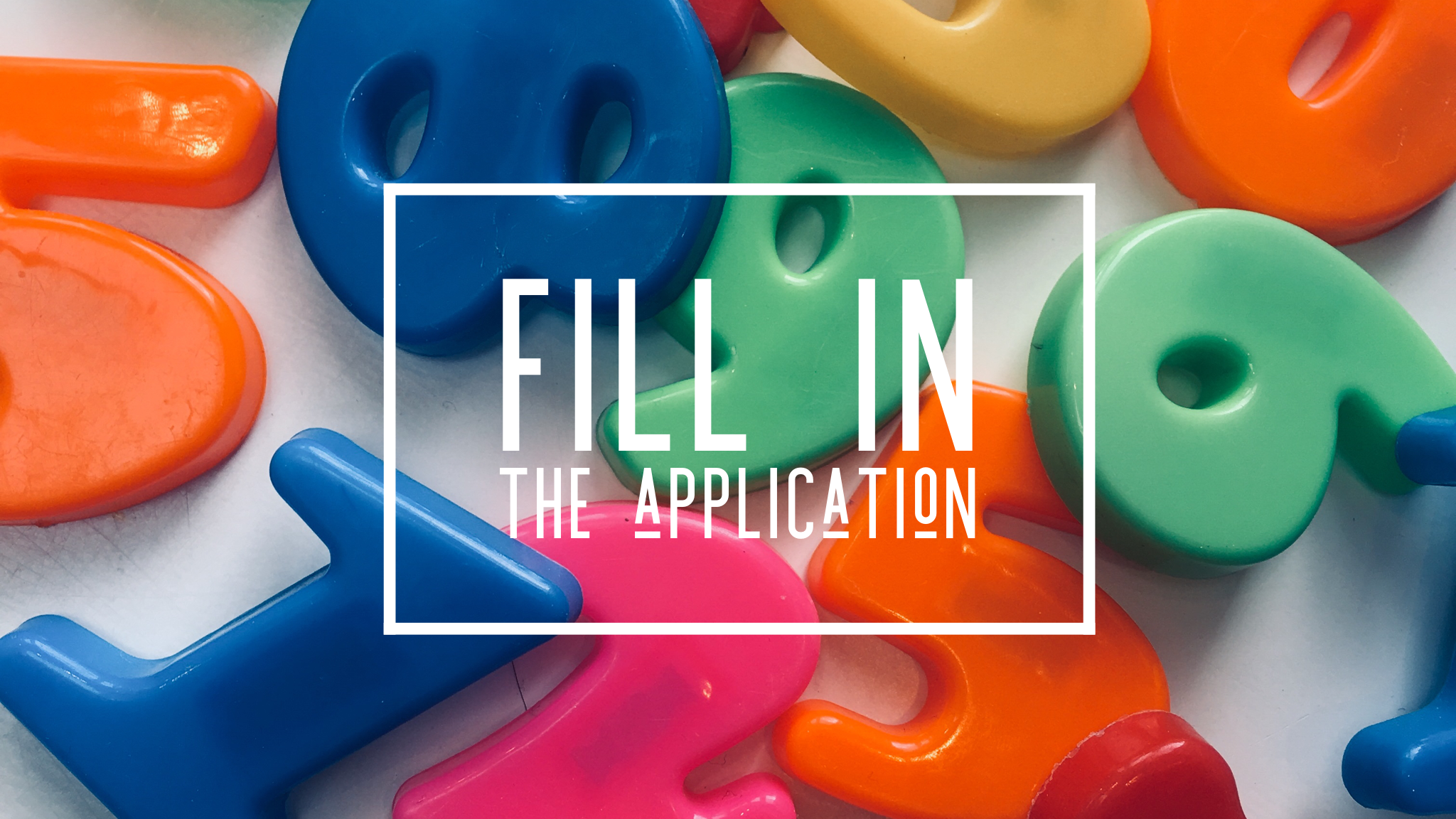
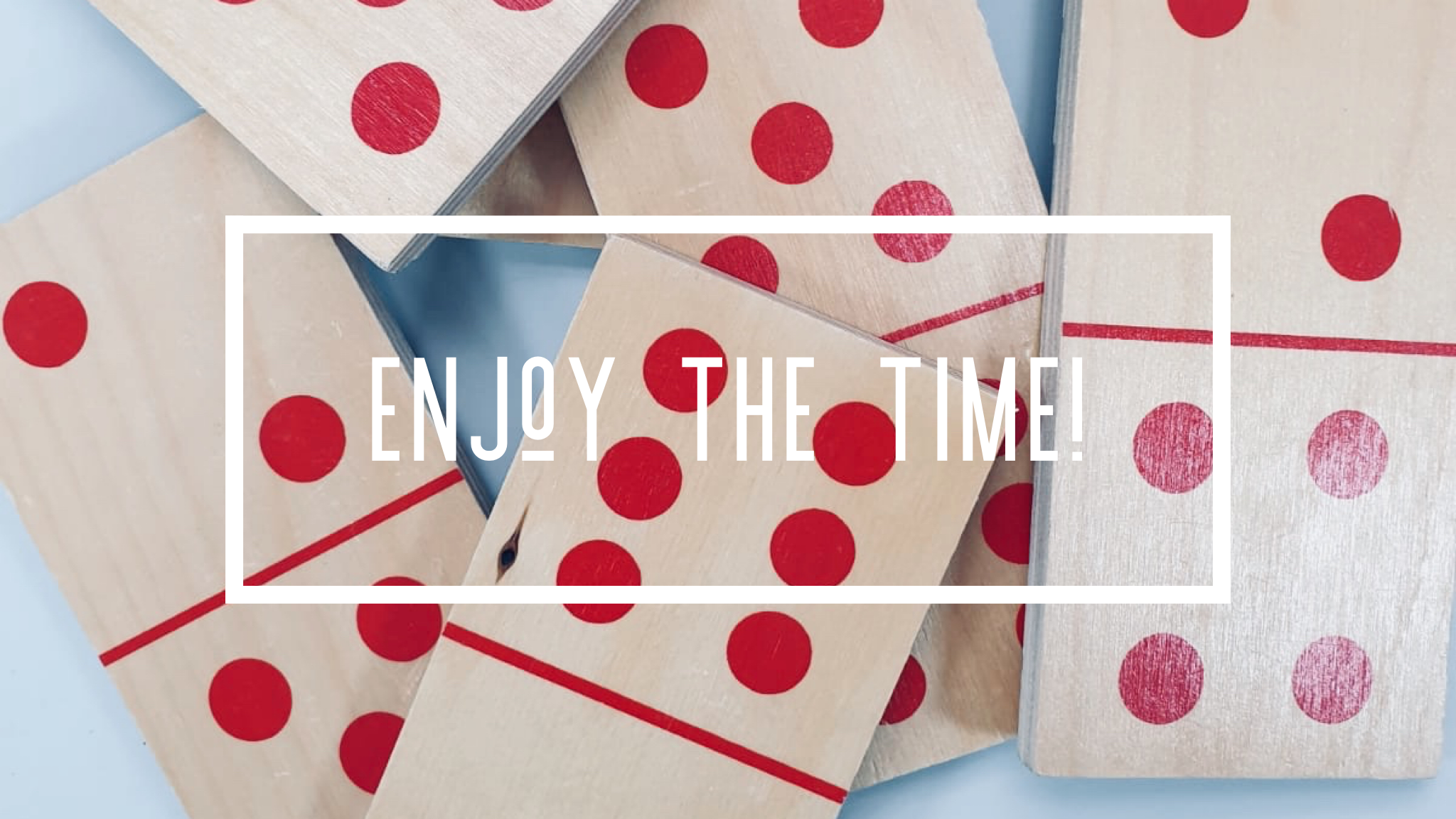
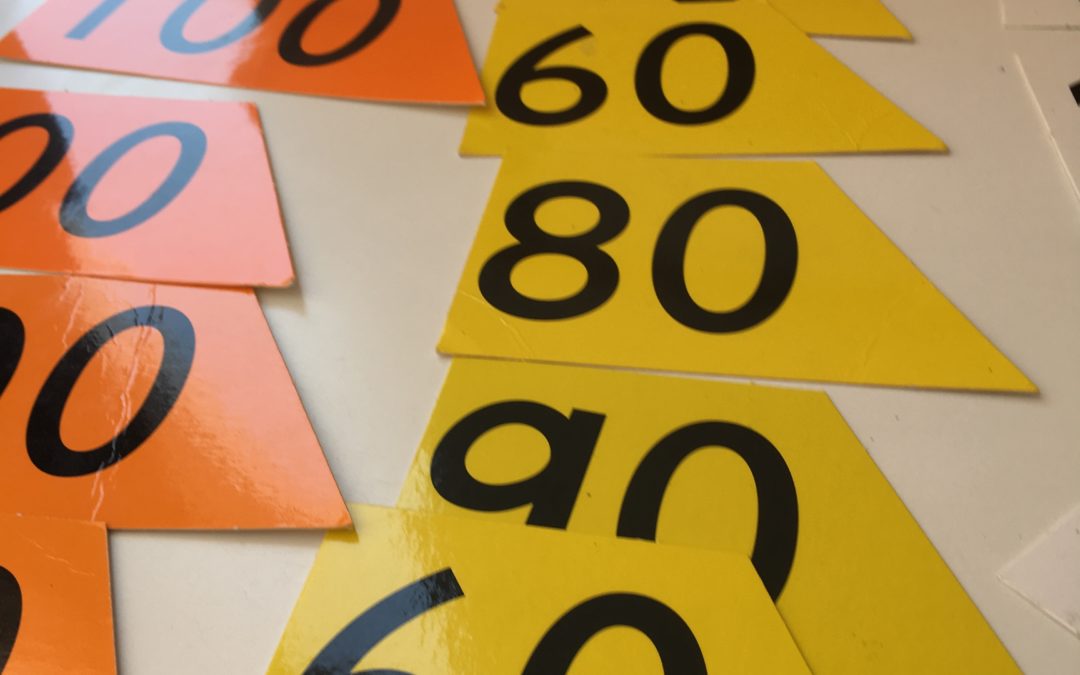
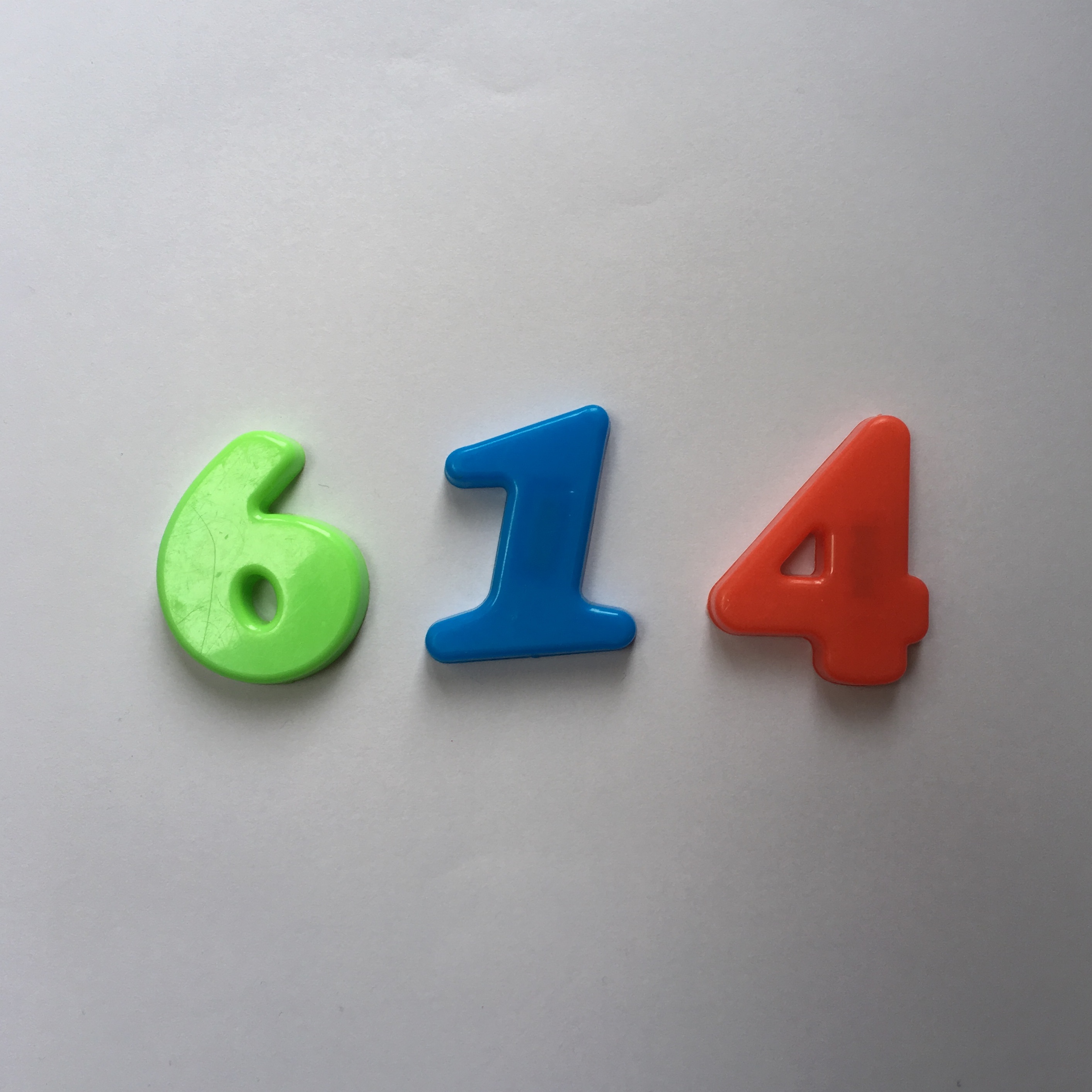
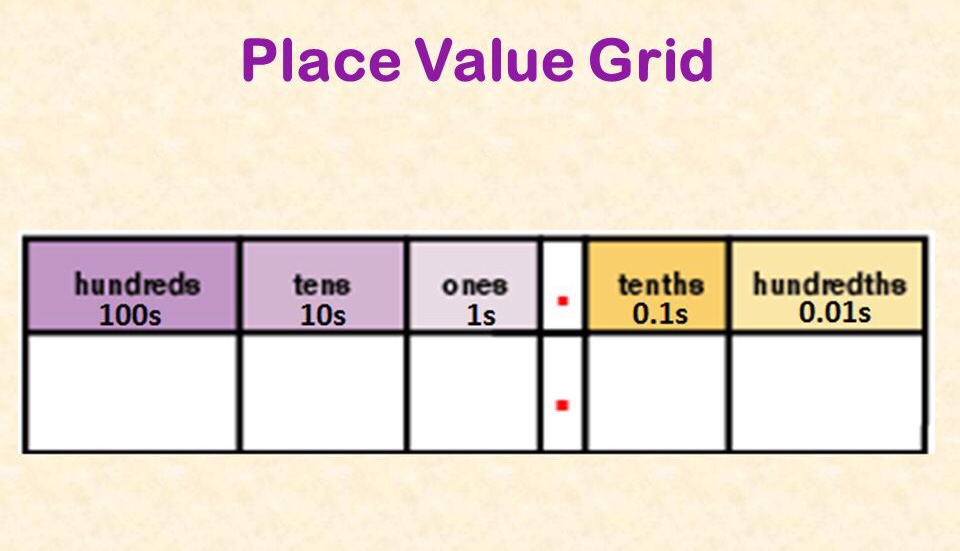
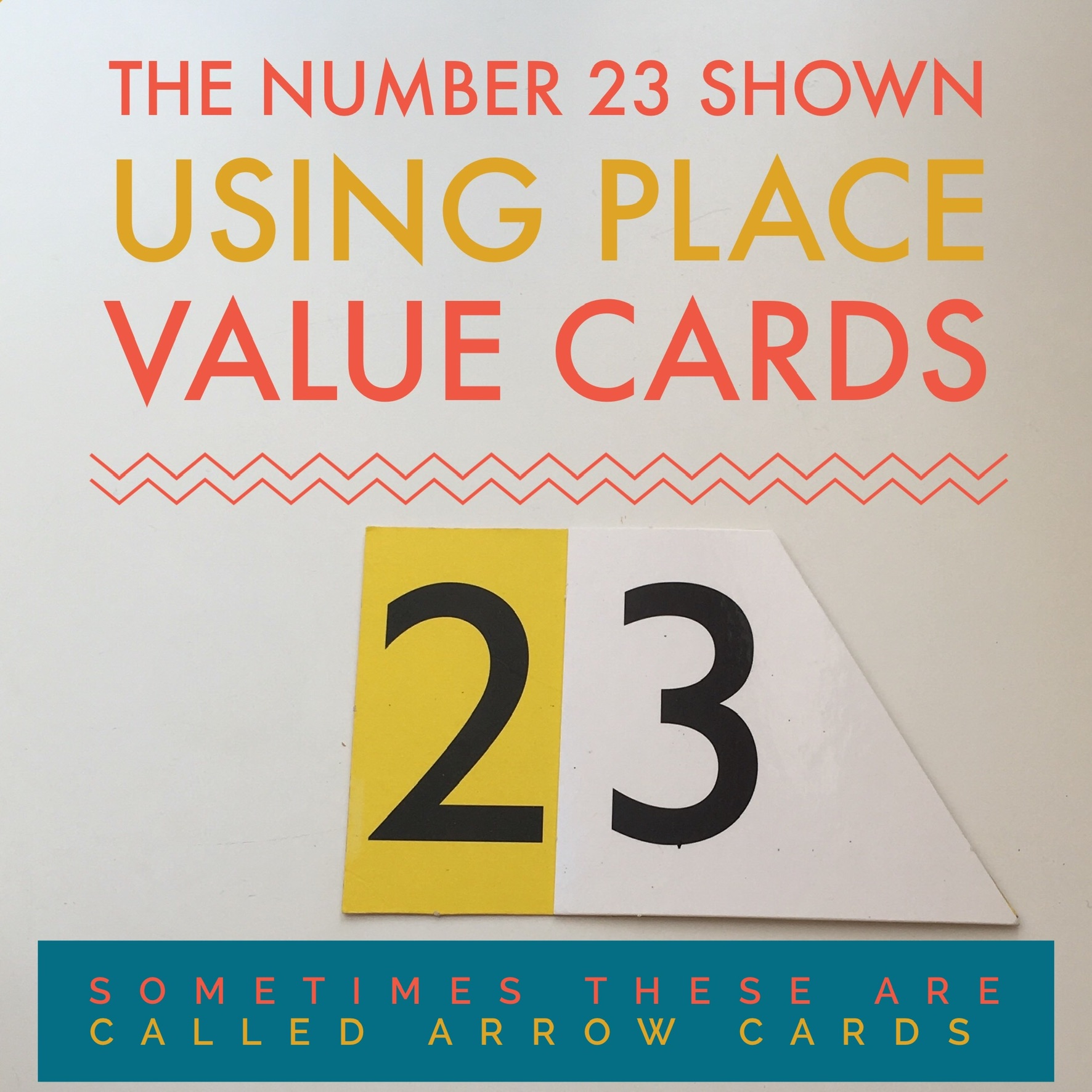
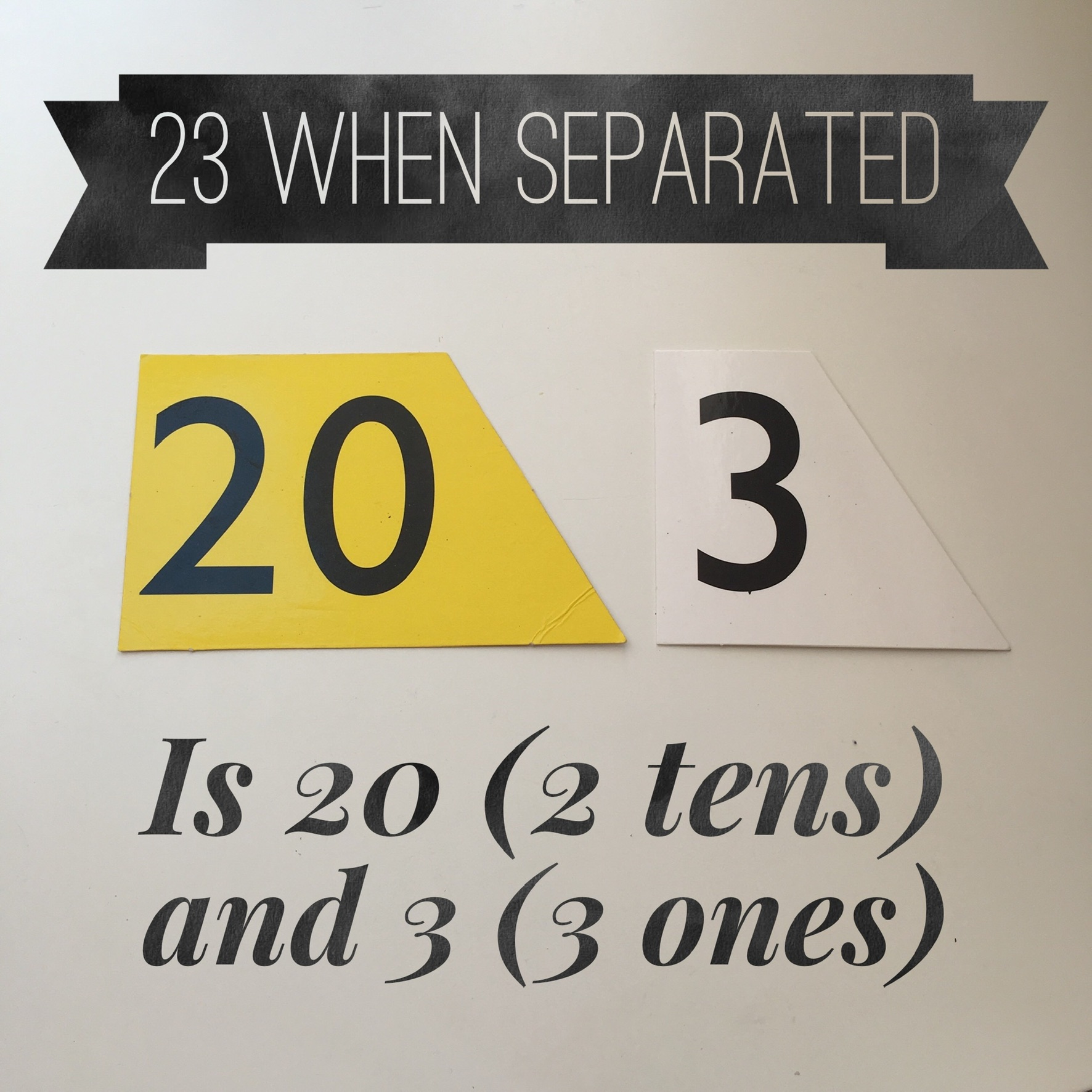

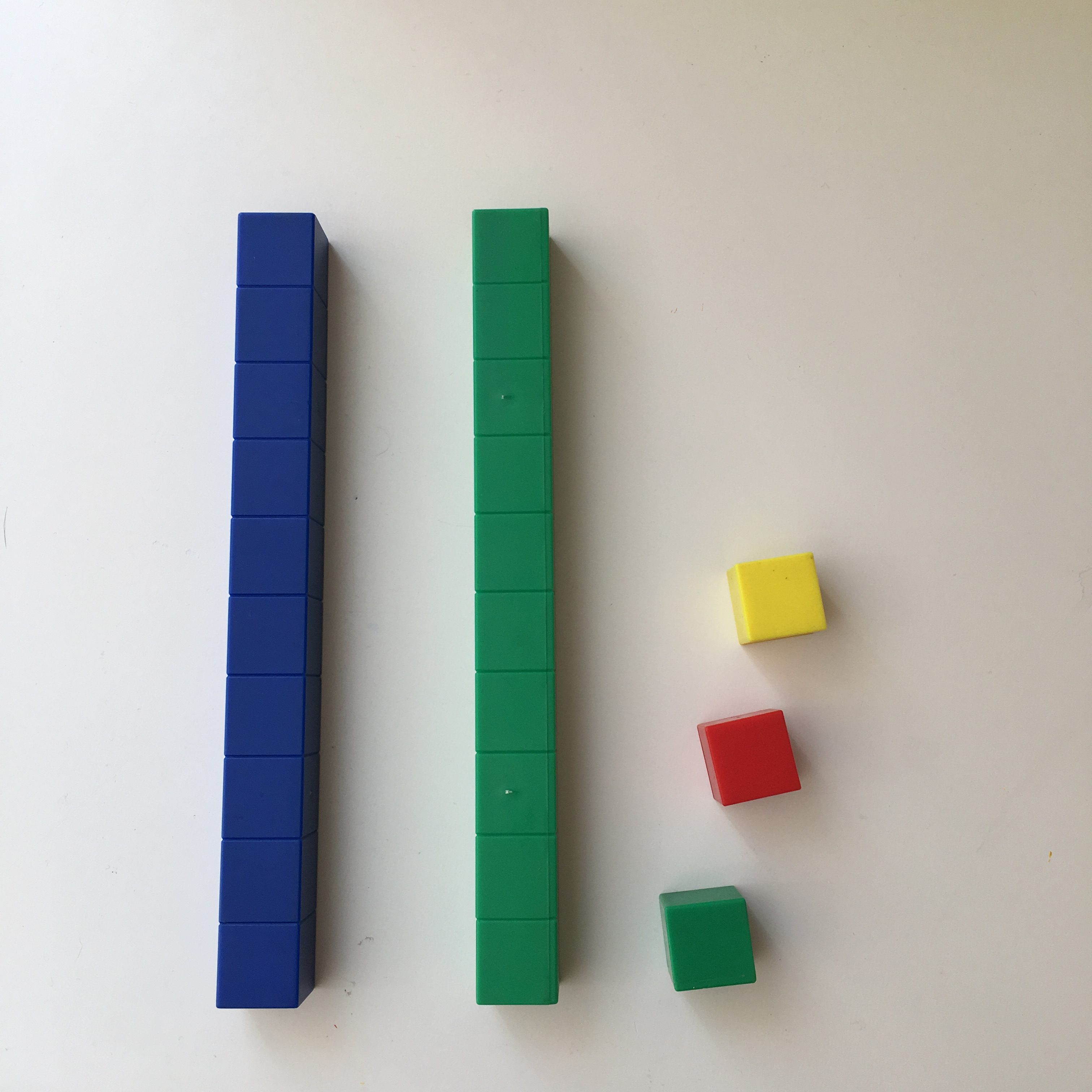
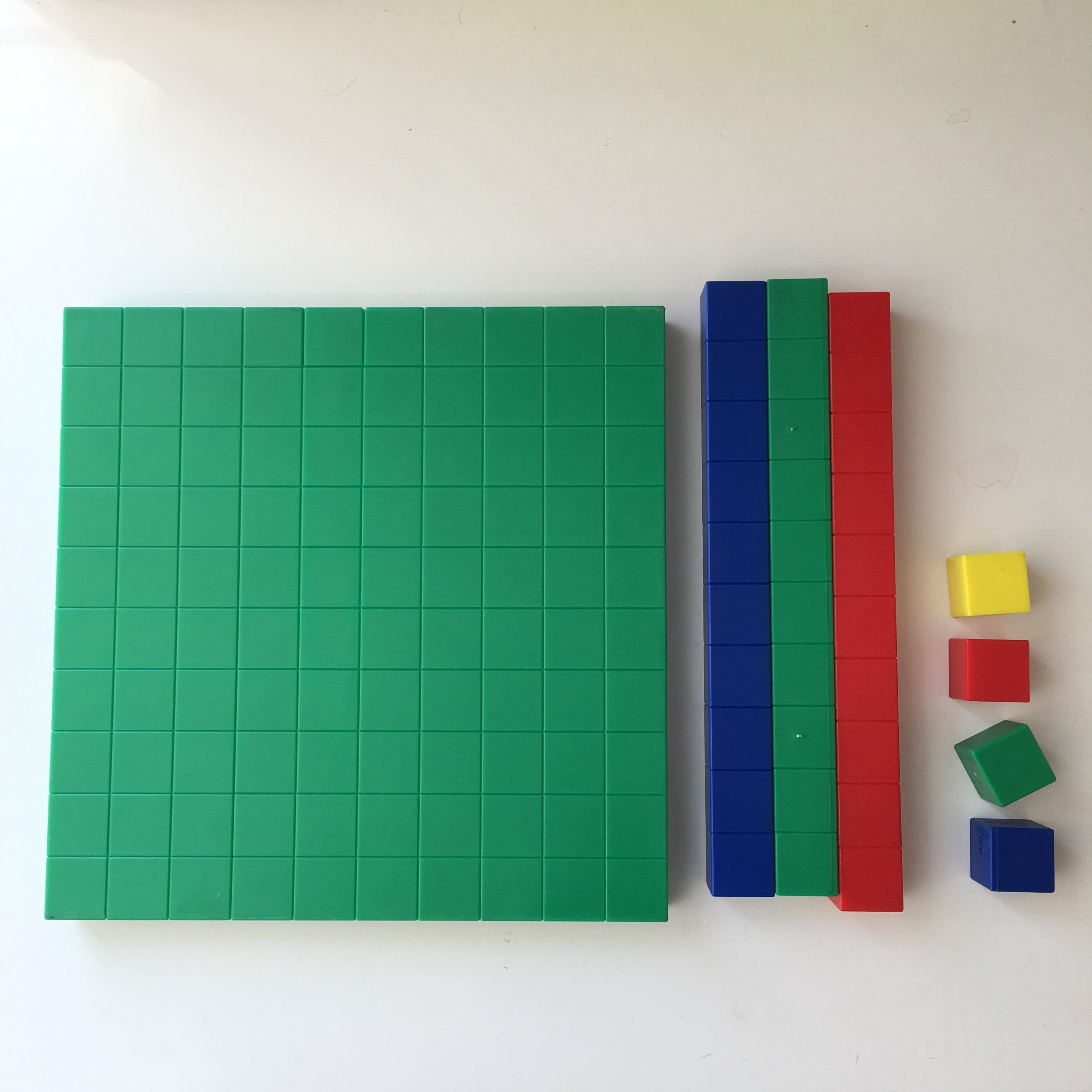
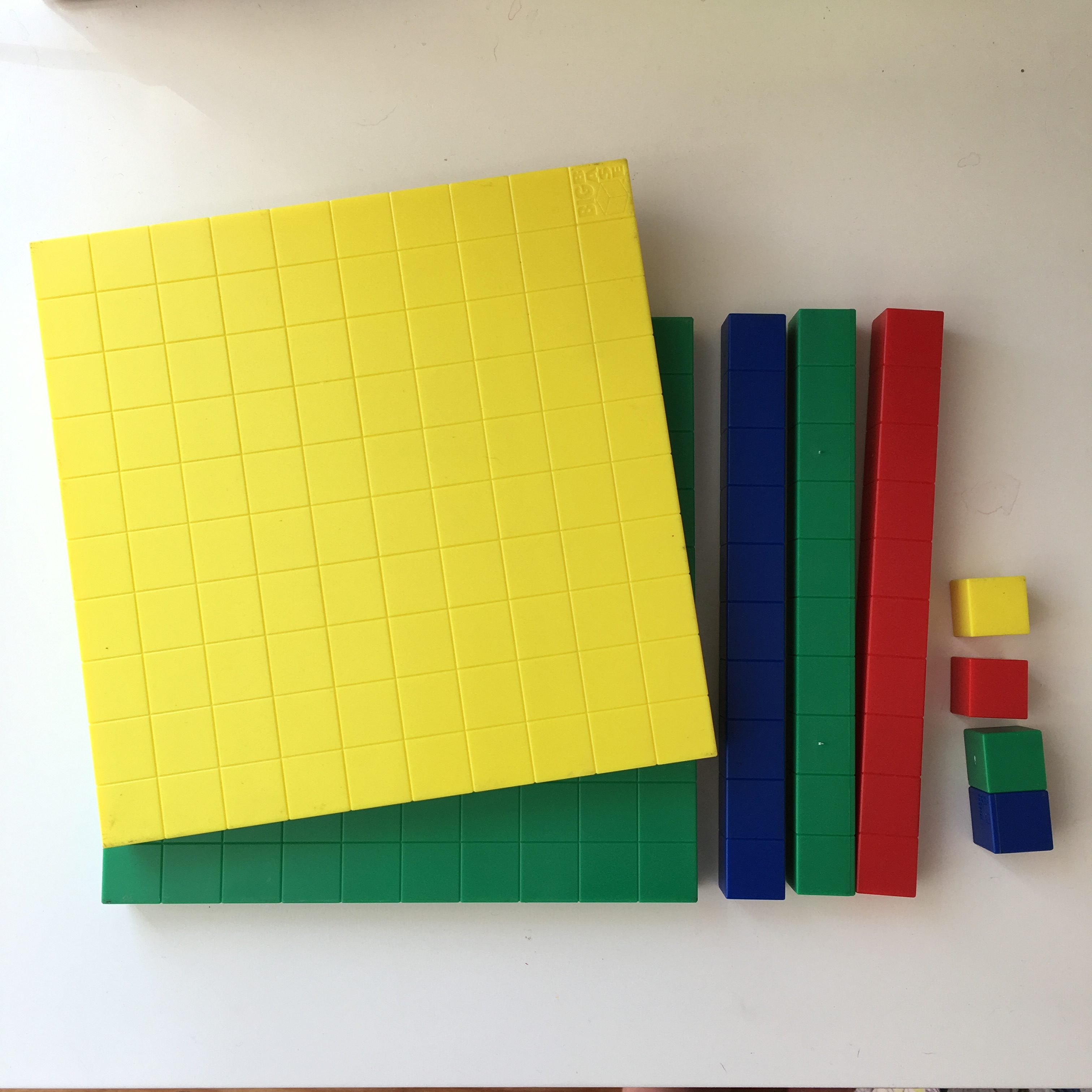
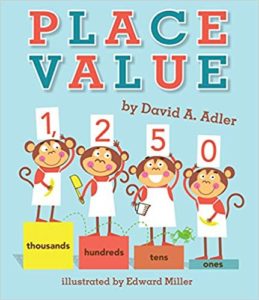
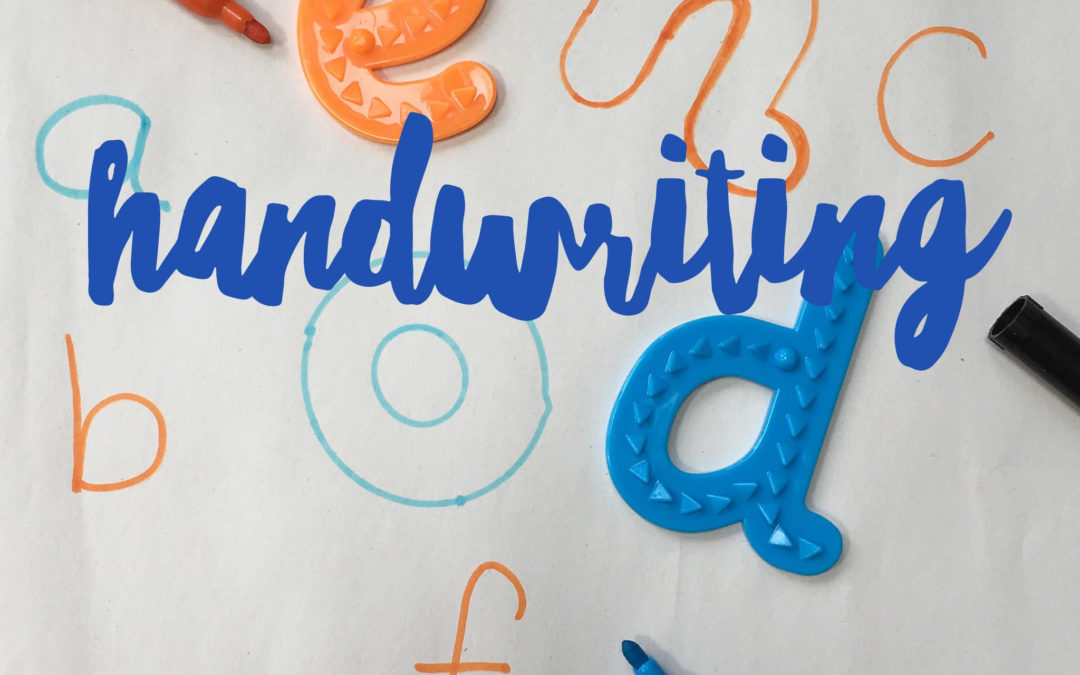
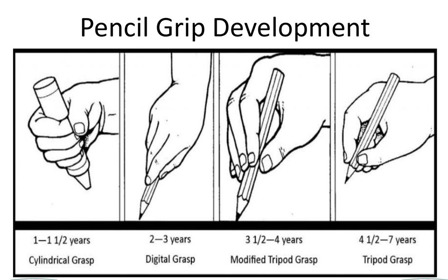
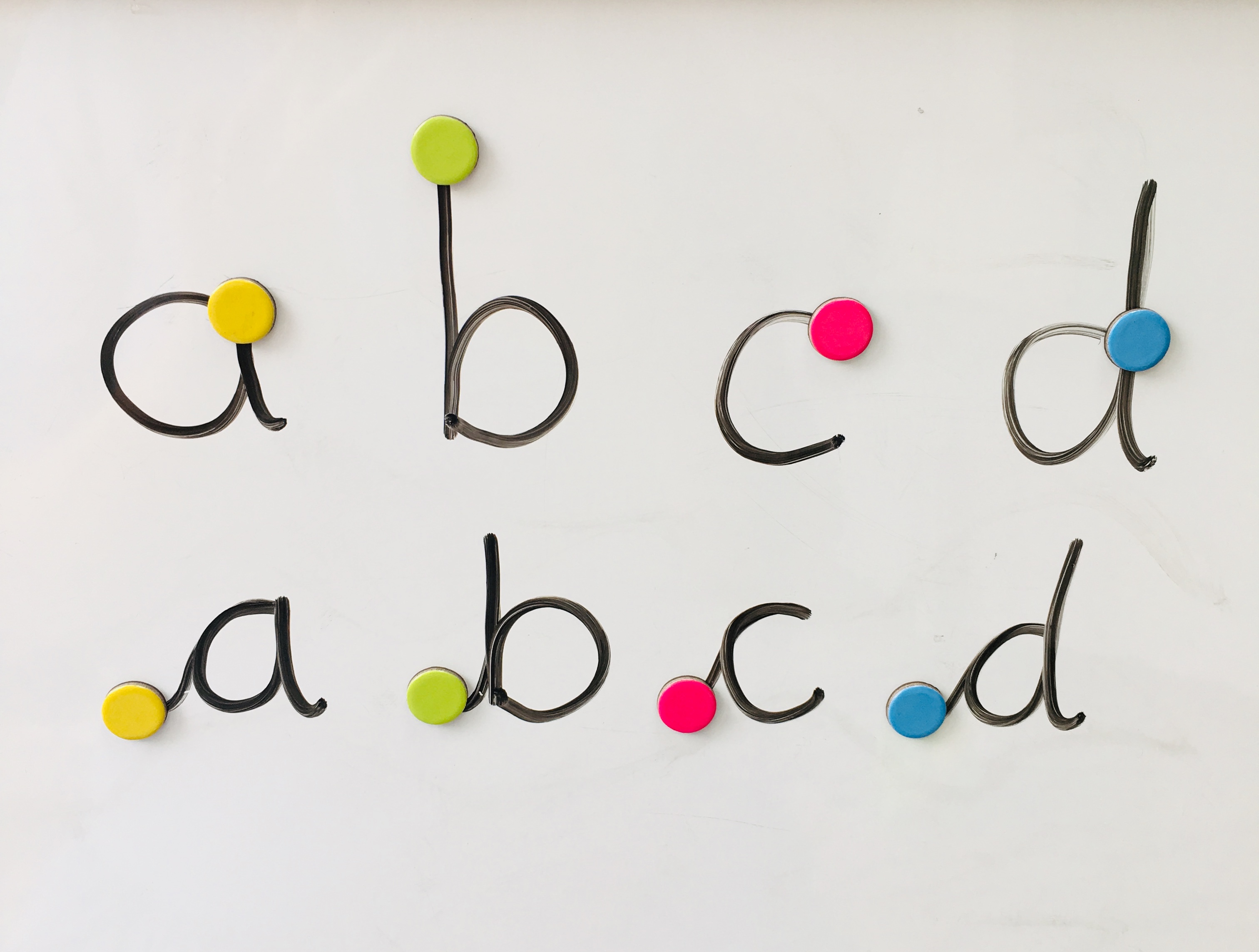
 A fun little tracing app with catchy songs and different levels – this is for teaching pre-cursive letter formation.
A fun little tracing app with catchy songs and different levels – this is for teaching pre-cursive letter formation.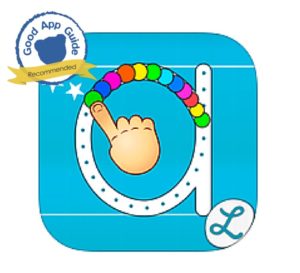 This is a really funky app with very engaging visuals. Lots of settings to practise letters and words. They do a cursive version too.
This is a really funky app with very engaging visuals. Lots of settings to practise letters and words. They do a cursive version too. No letter formation practise but great for recognition and hearing sounds. There are loads of other paid for alphablocks apps and the TV programmes are fab if you want some help with phonics.
No letter formation practise but great for recognition and hearing sounds. There are loads of other paid for alphablocks apps and the TV programmes are fab if you want some help with phonics. A great little set to use in everyday play. Check our our instagram videos for some ideas!
A great little set to use in everyday play. Check our our instagram videos for some ideas!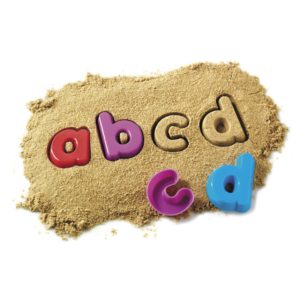 A lovely little set to use in sand, soil, playdough etc. Trace the shapes, fill the moulds, great for indoors and out!
A lovely little set to use in sand, soil, playdough etc. Trace the shapes, fill the moulds, great for indoors and out!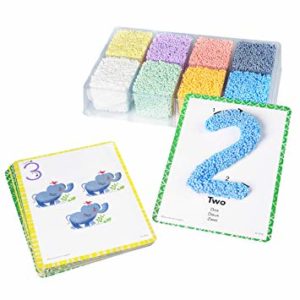 I love playfoam, heres a little set to form numbers which is really practical. They do a letters set too which is capitals.
I love playfoam, heres a little set to form numbers which is really practical. They do a letters set too which is capitals.